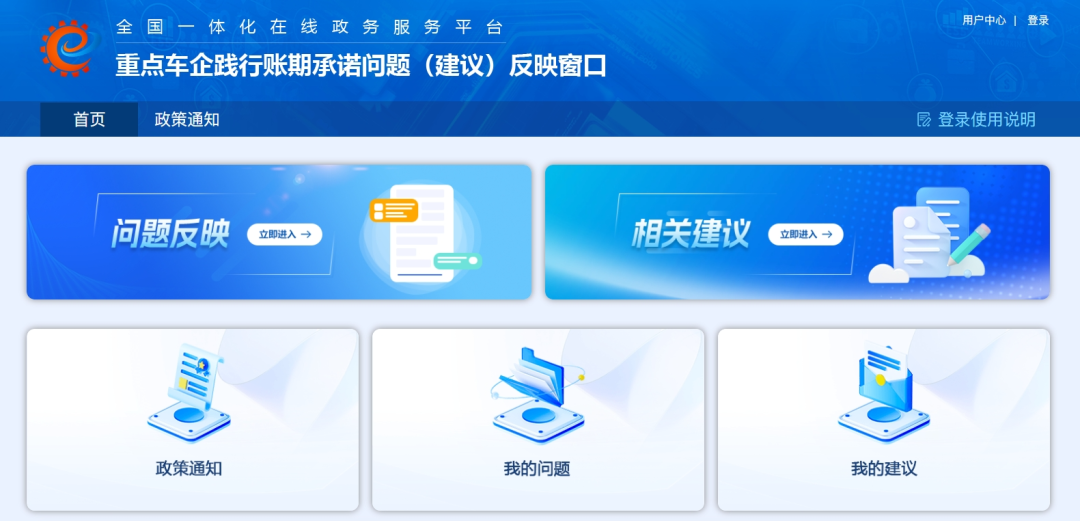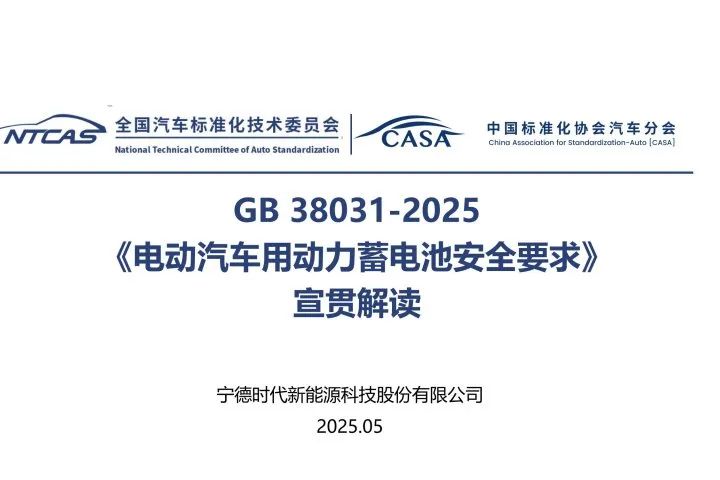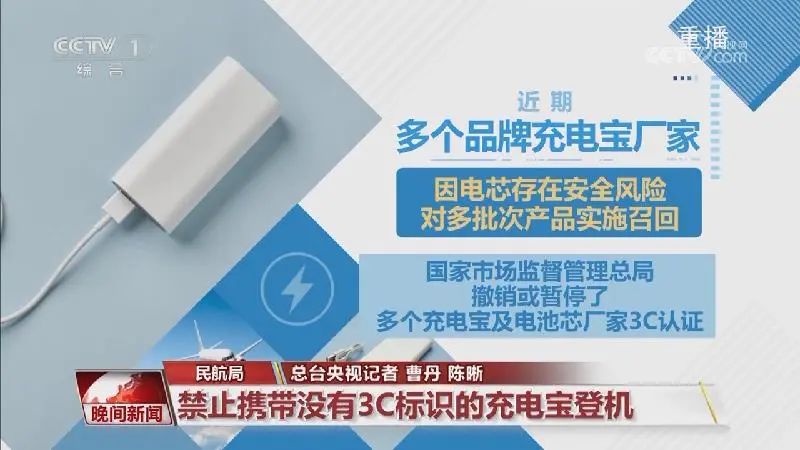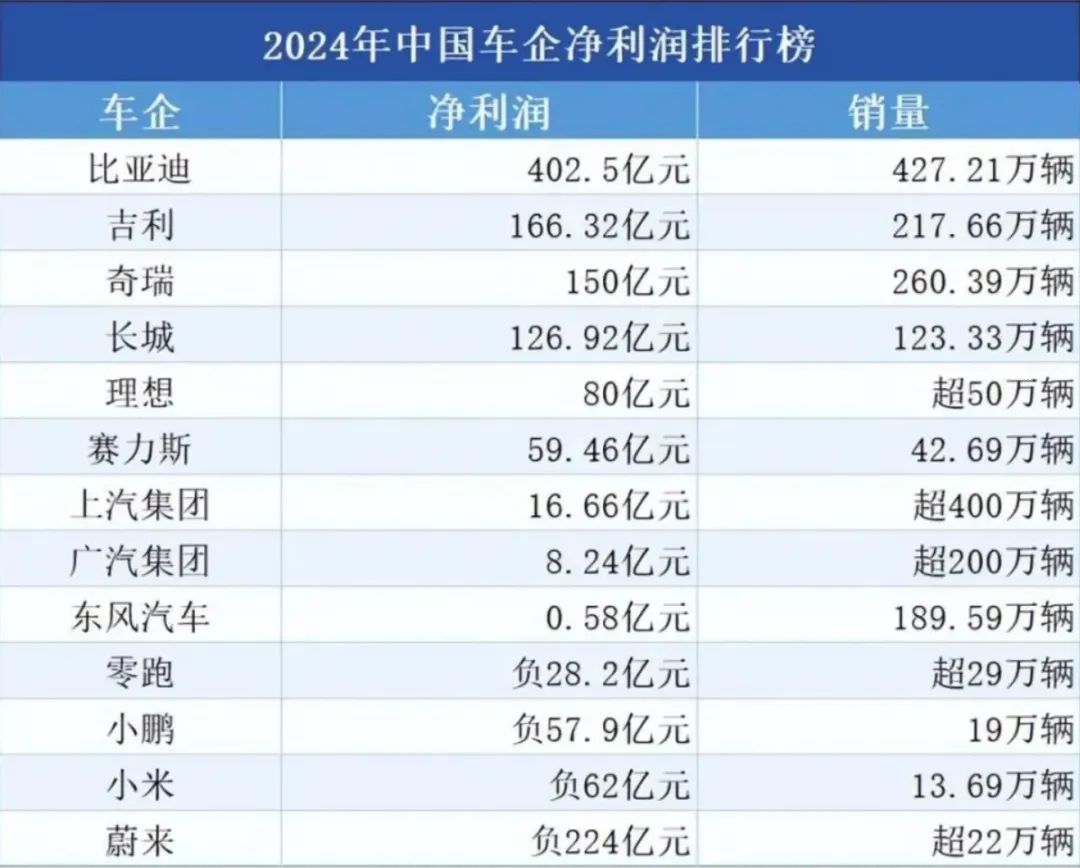Ensuring the '60-Day Payment Term' Commitment Isn't Empty Rhetoric
![]() 07/18 2025
07/18 2025
![]() 675
675
The tightening regulatory environment is steering the automotive industry towards sustainable growth.
On July 9, the Ministry of Industry and Information Technology (MIIT) launched the 'Online Issue (Suggestion) Reporting Window for Key Automakers to Fulfill Payment Term Commitments' on the 'National Platform for Complaints about Breaches of Contract and Default on Payments to Small and Medium-sized Enterprises'. This platform welcomes reports and suggestions from SMEs regarding automakers' failure to honor payment term pledges and inadequate implementation of the 'Regulations on Ensuring Payment to Small and Medium-sized Enterprises'. It facilitates coordination among stakeholders to resolve these issues.
Evidently, automakers' June 10 commitment to a '60-day payment term' has been watered down, prompting MIIT to establish this reporting window to regulate automakers' conduct. This underscores the urgency of addressing funding issues between upstream and downstream automakers.

Notably, the previous day, on July 8, GAC FCA declared bankruptcy due to insolvency. During GAC FCA's restructuring, factories worth nearly 2 billion yuan remained unsold even after significant discounts.
It is evident that during the rapid expansion of the new energy vehicle sector, the domestic automotive industry faces numerous challenges that industry self-regulation alone cannot rectify. Robust oversight from relevant authorities is imperative.
Accelerated Regulation
Since the Xiaomi SU7 car accident on March 29, MIIT has expedited the development of pertinent automotive standards.
On April 3, MIIT officially released GB38031-2025 'Safety Requirements for Traction Batteries Used in Electric Vehicles', set to take effect from July 1, 2026. The core enhancement is the mandatory requirement of 'no fire, no explosion', elevating this from a corporate technical reserve to a regulatory standard.
On April 16, MIIT held a promotional meeting on market access and software online upgrade management for intelligent and connected vehicles. The meeting stressed that automakers must thoroughly understand the 'Notice' requirements, thoroughly conduct combined driving assistance testing and verification, clarify system function boundaries and safety response measures, refrain from exaggeration and false advertising, strictly fulfill the obligation to inform, effectively shoulder the primary responsibility for production consistency, quality, and safety, and significantly enhance the safety standards of intelligent and connected vehicles.

On May 8, MIIT issued another document, publicly soliciting opinions on the revision plan for the mandatory national standard 'Technical Requirements for Safety of Automobile Door Handles'. The focus is on enhancing the safety of hidden door handles and addressing consumer usage issues.
On July 4, MIIT released the mandatory national standard GB 21670-2025 'Technical Requirements and Test Methods for Passenger Car Braking Systems'. The core content remains focused on improving vehicle usage safety, including mandatory ABS installation, prohibiting single-pedal mode, etc., once again updating standards related to vehicle design.
In just six months, relevant authorities have consistently rectified the automotive industry, from issuing new regulations to strengthening enforcement and supervising automakers' compliance, demonstrating a firm stance.
This robust regulatory activity is backed by the rapid development of the automotive manufacturing industry. In the era of new energy vehicles, domestic automakers' R&D implementation speed has qualitatively improved compared to the past. Over the past three years, one model has been transformed into the development of a new model every eighteen months due to new energy advancements. This rapid technological implementation has also introduced numerous potential risks.
Especially, starting in 2024, the country has initiated a new round of subsidies for motor vehicle trade-ins, using real money to incentivize consumers to opt for new energy vehicles. Coupled with the existing policy of reducing or exempting the purchase tax for new energy vehicles, this has significantly lowered the barrier to entry for purchasing new energy vehicles. The government must also oversee funds to ensure that subsidies flow to qualifying products and automakers.
Simultaneously, for previously distributed new energy subsidies, MIIT recently conducted a large-scale audit, retroactively investigating subsidy payments dating back five years. According to the preliminary audit announcement, hundreds of millions of yuan were deducted.
The introduction of a series of policies stems from deviations in the development of the new energy industry. Notably, the update of relevant mandatory standards further restricts automakers from balancing technological updates and usage safety through standardized processes.
With China's rapidly growing new energy vehicle fleet and a lack of many international practices, as the primary market for new energy development, China needs to preemptively establish certain regulatory frameworks. On one hand, this can effectively regulate industry development; on the other hand, it can enhance the competitiveness of domestically produced new energy vehicles.
Obviously, the accelerated implementation of regulations can help the entire automotive market evolve positively and elevate the position of new energy vehicles in the global market.
Anti-Involution Competition
Hidden behind a series of policies is the call for anti-involution. Faced with the fragmented development of China's automotive market, relevant authorities have reached a juncture where intervention is necessary. The formulation of policy standards fundamentally sets the lower limit for competition among automakers and promotes positive industry development by raising standards.
The recent high-profile power bank incident exposed the deep-rooted issue of low-price involution. Behind the large-scale recalls by ROMOSS and Anker lies the intense low-price competition among upstream supply chain manufacturers.
It is reported that the pricing scheme of the involved battery cell supplier, Wuxi Amperex Technology, is that the more orders placed, the greater the discounts offered. After power bank manufacturers signed large orders that clearly exceeded their production capacity, Amperex chose to subcontract the orders to unqualified small workshops. Constrained by price and cost, they could only opt to pass off inferior products as quality ones.

The response by relevant authorities is also direct. The Civil Aviation Administration directly adopted a one-size-fits-all approach with 3C certification. Prior to this, 3C certification for power banks was not mandatory. The introduction of this new policy clearly favors brands that are well-prepared.
Behind this is the time and cost associated with 3C certification. The cost of certification, which amounts to tens of thousands of yuan, needs to be shared among power banks with a selling price of less than 100 yuan, inevitably leading to a price increase. Expensive products are not necessarily superior, but they must have significant costs behind them.
The power bank incident also mirrors some issues within domestic automakers. While Chinese automakers have achieved impressive sales figures, their profitability lags significantly behind that of traditional foreign automakers.

According to financial reports, among the 18 listed automakers in 2024, only 13 were profitable, with a total net profit of 122.6 billion yuan, while the combined loss of the five unprofitable automakers amounted to 33.2 billion yuan, still trailing far behind Toyota's profit of 233.7 billion yuan.
Even for BYD, the leader in the new energy industry, the profit per vehicle is only 9,400 yuan, less than half of Toyota's profit per vehicle of 22,900 yuan.
When the profit per vehicle declines severely, automakers can only pass down the pressure through the supply chain level by level. It is rumored that some automakers believe that compressing the cost of each level of the supply chain by 10% can reduce automakers' costs by 30% to 40%. This is obviously unfeasible, but automakers are still striving towards this goal.
Although the scale advantage is often emphasized in the manufacturing industry, not all components of new energy vehicles are newly developed products. For components like power batteries and LiDAR, the scale advantage can indeed result in significant cost reductions. However, for mature products such as screws and frames, there is little room for further cost reduction.
As mentioned earlier, ensuring a 60-day payment term for suppliers is a clear anti-involution measure. The foundation for ensuring the healthy development of the supply chain is funding. Payment terms extending up to half a year can only lead to problems akin to those seen with power banks in the automotive industry.
Throughout the century-long history of the automotive industry, incidents where suppliers' issues have caused automakers to falter have occurred periodically. Perhaps similar issues have already arisen in the domestic automotive industry, but they have yet to be exposed.
Although many bloggers portray new energy vehicles as fast-moving consumer goods akin to mobile phones, with some bloggers potentially changing several cars a year, for ordinary consumers, cars remain a significant purchase and cannot be discarded every three to five years. It is crucial to ensure safety and long-term durability.
Price wars have never benefited consumers. Internet-style subsidy competitions have never had favorable outcomes, similar to the once-popular ride-hailing subsidies and the current food delivery wars. While they may seem beneficial in the short term, in the long run, consumers ultimately pay double.
In the short term, we observe that new energy automakers have transformed the market, driving down car prices and reversing the trend of price increases in the automotive industry. However, in the long run, no one can guarantee that the young disruptors will not turn into the established players they once sought to overthrow.
Especially in the current industry competition, small and medium-sized enterprises are under immense pressure, with sales increasingly concentrating towards leading enterprises, and the market gradually losing vitality, reaching a point where policies are essential to stabilize market development.
Even for the largest automakers like Toyota and Volkswagen, their global market share does not exceed 10%. Leaving space for the market is crucial for ensuring healthy development.
Competition in the automotive industry demands high value-added strategies. Consumers should pay for technology through technological advancements. Healthy industry development involves continually raising the technological baseline of the industry, rather than struggling at the baseline and competing by barely meeting standards.
In the short term, compliance costs may rise, but in the long run, this will foster technological advancements across the entire industry.
Note: Some images are sourced from the internet. If there is any infringement, please contact us for removal.





